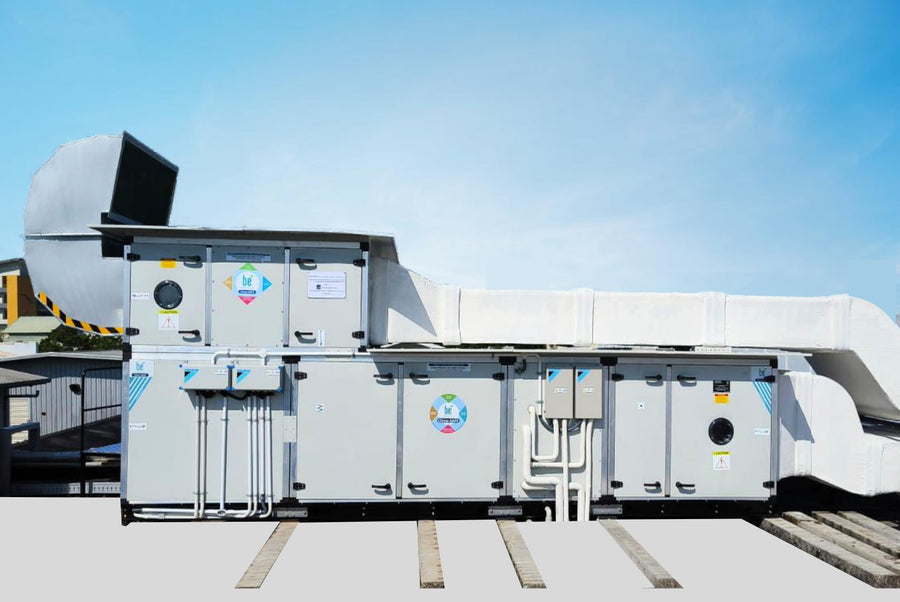IQAir World Air Quality Report – 2021

IQAir’s 2021 World Air Quality Report is the first major global air quality report based on the updated annual WHO air quality guideline for PM2.5. The new guideline was released in September 2021 and cut the existing annual PM2.5 guideline value from 10 µg/m3 to 5 µg/m3.
Fine particle pollution, known as PM2.5, is commonly accepted to be the most harmful, widely-monitored air pollutant and has been found to be a major contributing factor to health effects such as asthma, stroke, heart and lung diseases. PM2.5 leads to millions of premature deaths every year.
Key findings
- No country met the latest WHO air quality guideline for PM2.5 in 2021
- Only the territories of New Caledonia, U.S. Virgin Islands and Puerto Rico met the updated WHO PM2.5 air quality guideline
- Only 222 out of 6,475 global cities covered in the report met the updated WHO PM2.5 guideline
- 93 cities in the report had annual PM2.5 concentrations exceeding 10 times the WHO PM2.5 guideline
- Of 174 Latin America and the Caribbean cities, only 12 (7 percent) met the WHO PM2.5 guideline
- Of 65 African cities, only one (1.5 percent) met the updated annual WHO PM2.5 guideline
- Of 1,887 Asian cities, only four (0.2 percent) met the updated WHO PM2.5 guideline
- Of the 1,588 cities in Europe, only 55 (3 percent) met the WHO PM2.5 guideline
- The report covered 2,408 cities in the United States and found that average PM2.5 concentrations rose from 9.6 µg/m3 to 10.3 µg/m3 in 2021 compared to 2020. Of the major cities in the United States, Los Angeles was the most polluted. However, the City of Angels saw an overall decrease in PM2.5 pollution of 6 percent compared to 2020
The top five most polluted countries in 2021 were:
- India
- New Delhi (India) is the world’s most polluted capital city for the fourth consecutive year followed by Dhaka (Bangladesh), N’Djamena (Chad), Dushanbe (Tajikistan) and Muscat (Oman)
- Bangladesh
- Chad
- Pakistan
- Tajikistan
- Air quality in China continued to improve in 2021. More than half of the cities in China included in the report saw lower levels of air pollution when compared to the previous year. Pollution levels within the capital city of Beijing continued a nine-year trend of improved air quality, driven by emission control and reduction of coal power plant activity and other high emission industries.
- Central and South Asia had some of the world’s worst air quality in 2021 and was home to 46 of the world’s 50 most polluted cities. The only two cities that met the updated WHO PM2.5 guideline were Zhezqazghan and Chu (Kazakhstan).
- Air quality monitoring remains sparse in Africa, South America and the Middle East, although progress has been made by low-cost air quality sensors often operated by non-profit organizations and citizen scientists.
“It is a shocking fact that no major city or country is providing safe and healthy air to their citizens according to the latest World Health Organization air quality guideline,” said Frank Hammes, CEO of IQAir. “This report underscores just how much work remains to be done to ensure that everyone has safe, clean and healthy air to breathe. The time for action is now.”
Click to download the report – https://www.iqair.com/in-en/world-air-quality-report
About the World Air Quality Report
The 2021 World Air Quality Report is based on PM2.5 air pollution data from ground-based air quality monitoring stations in 6,475 cities in 117 countries, regions and territories. Of the air quality monitoring stations included in this report, 44 percent were operated by governmental agencies, while the remainder represent monitoring stations managed by citizen scientists, non-profit organizations and companies.







